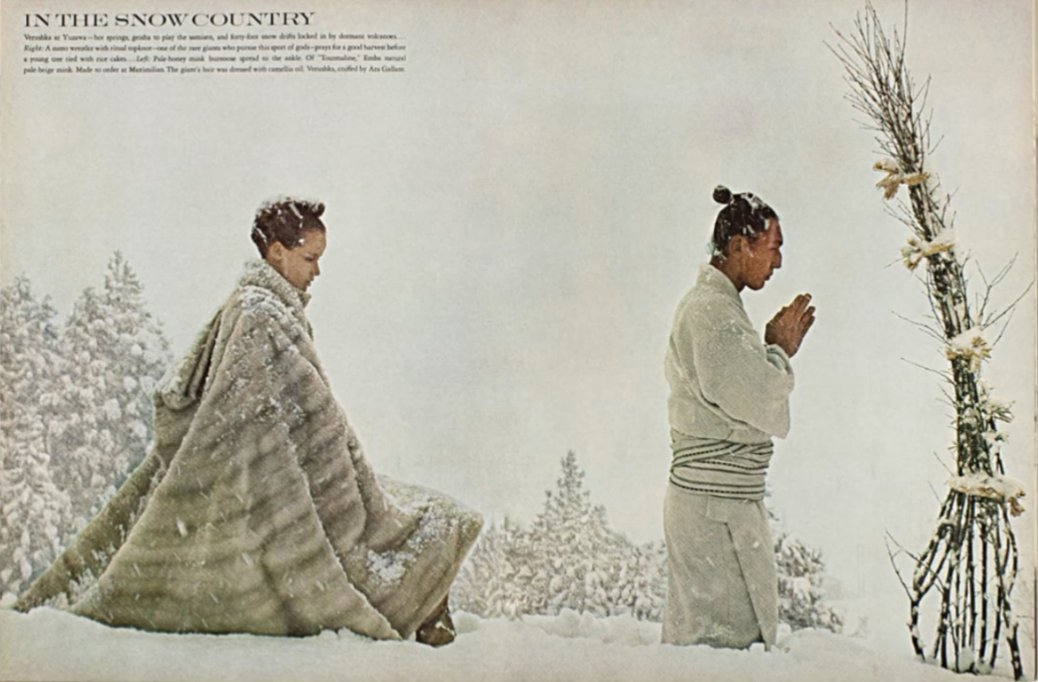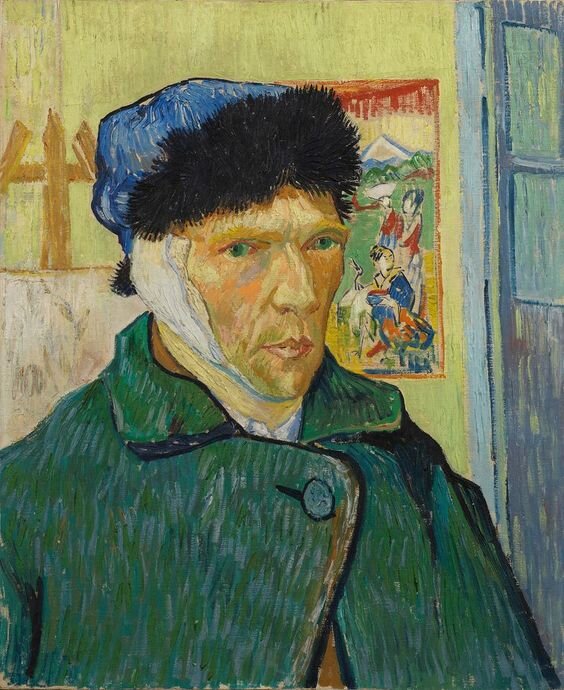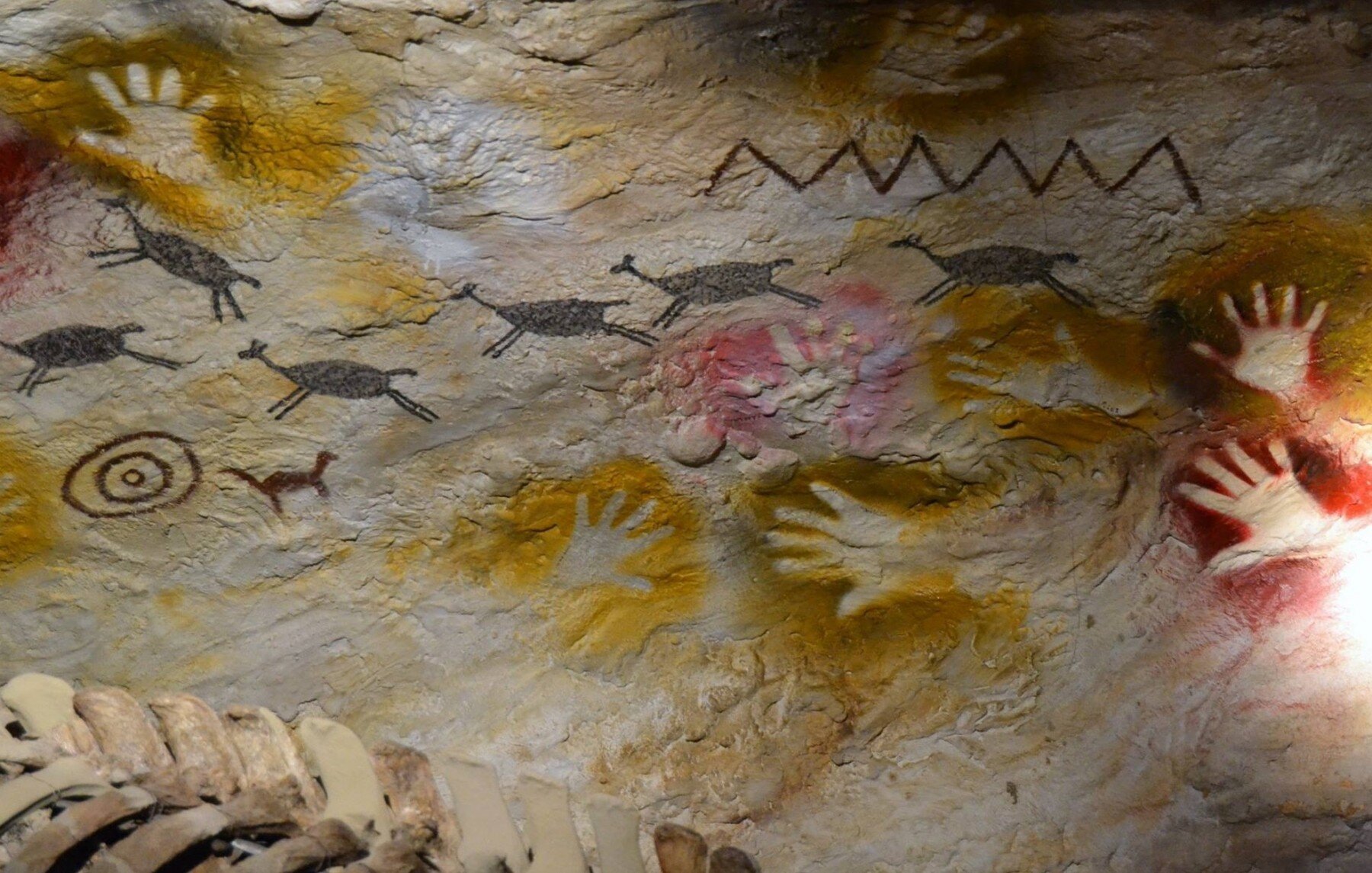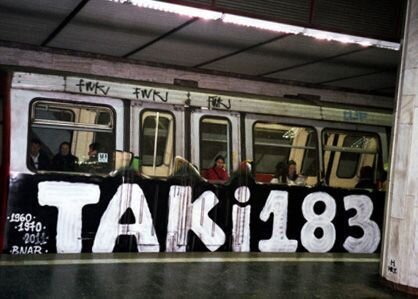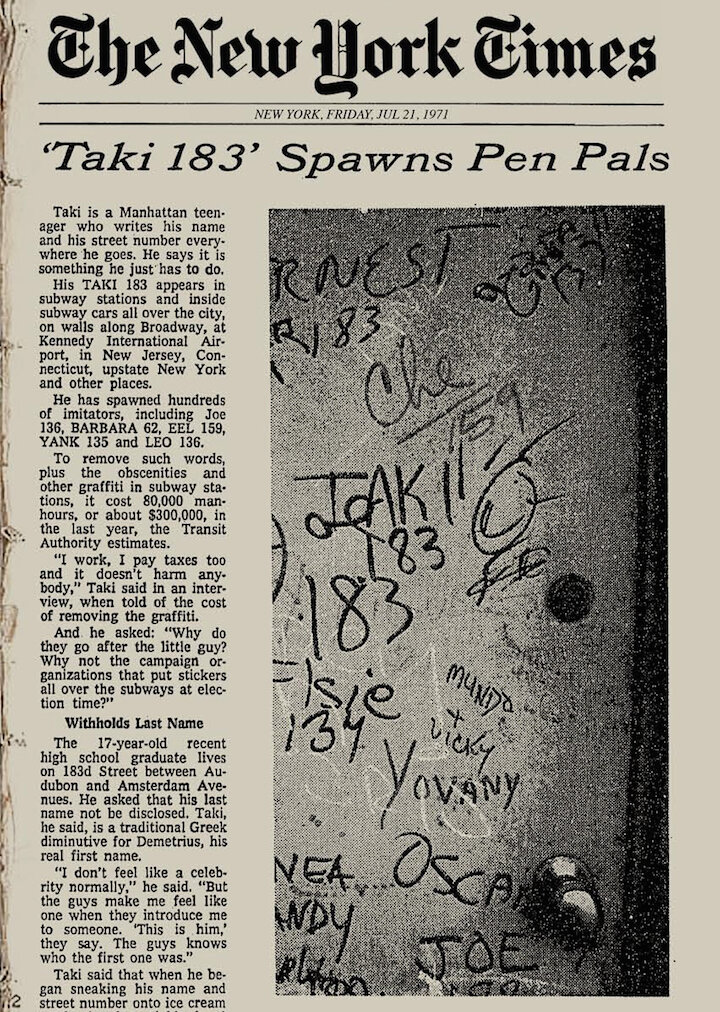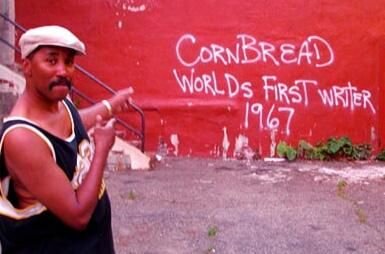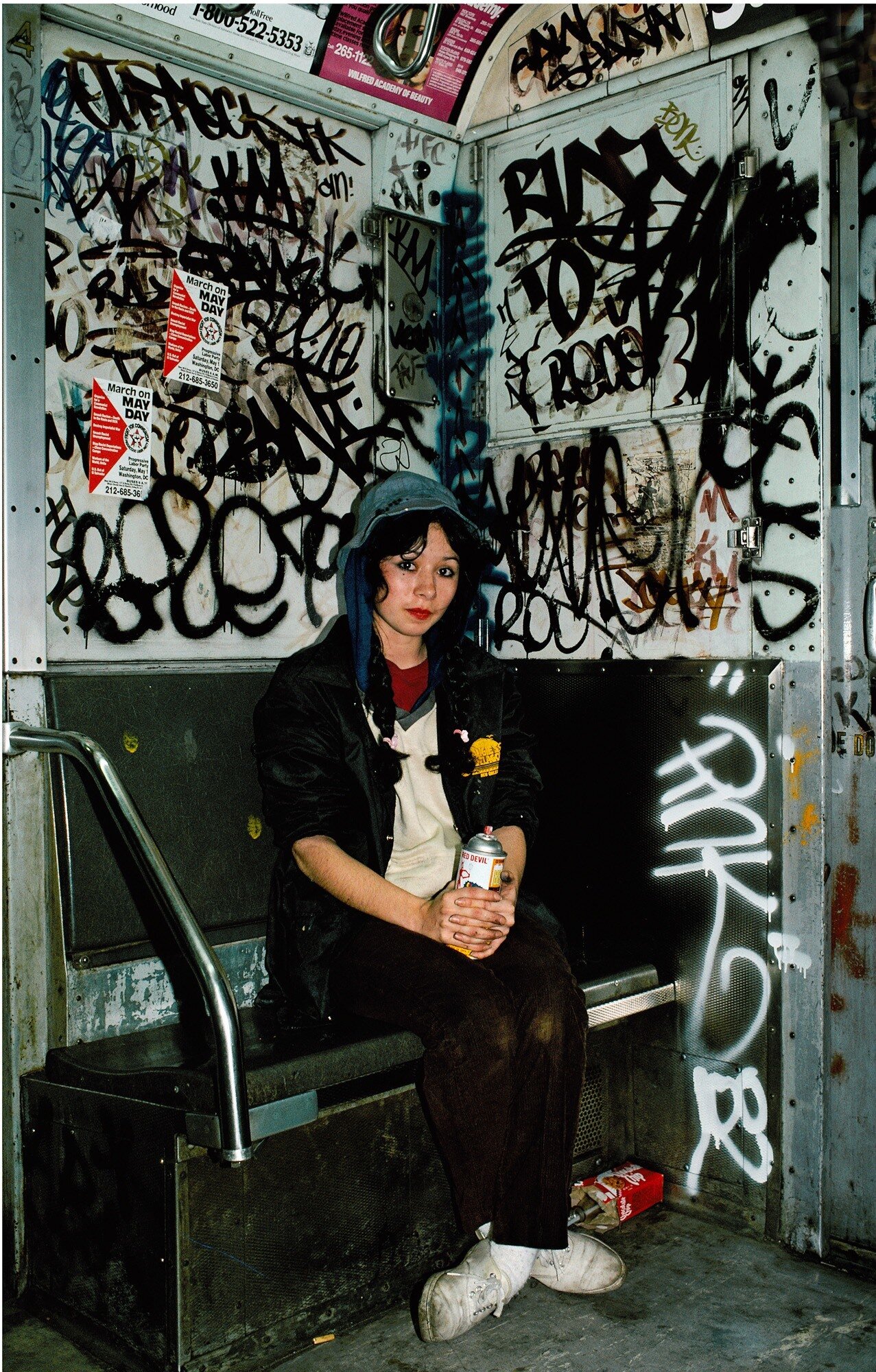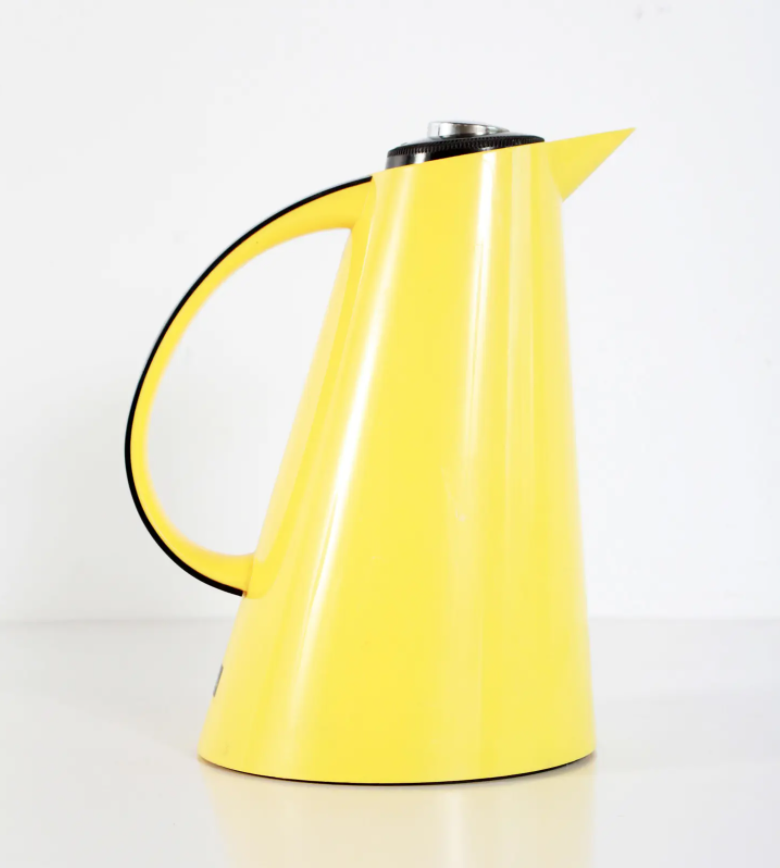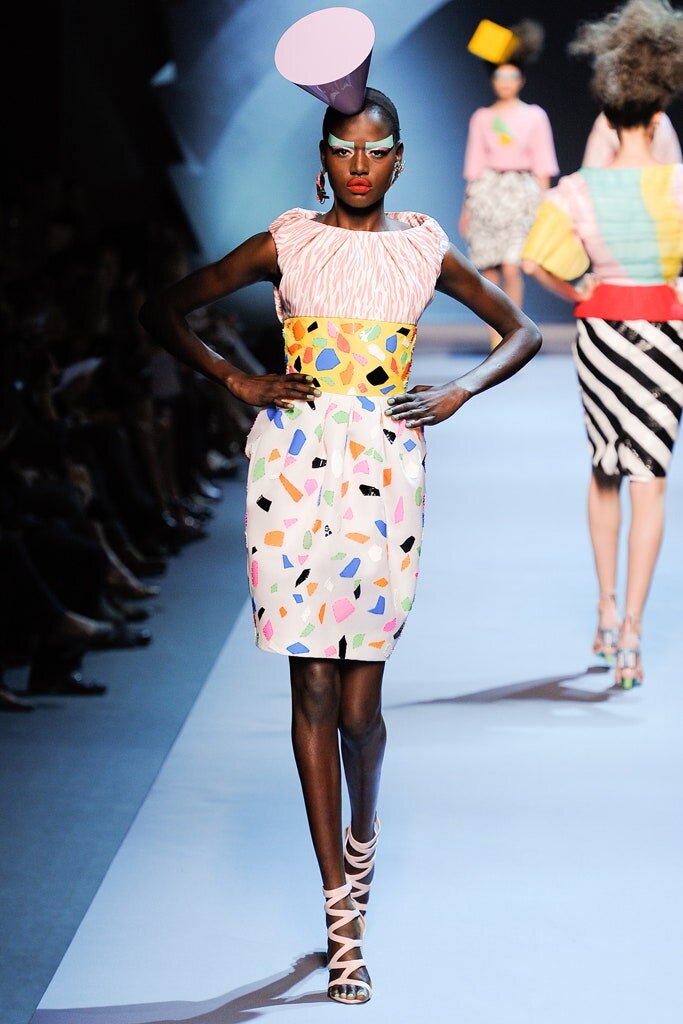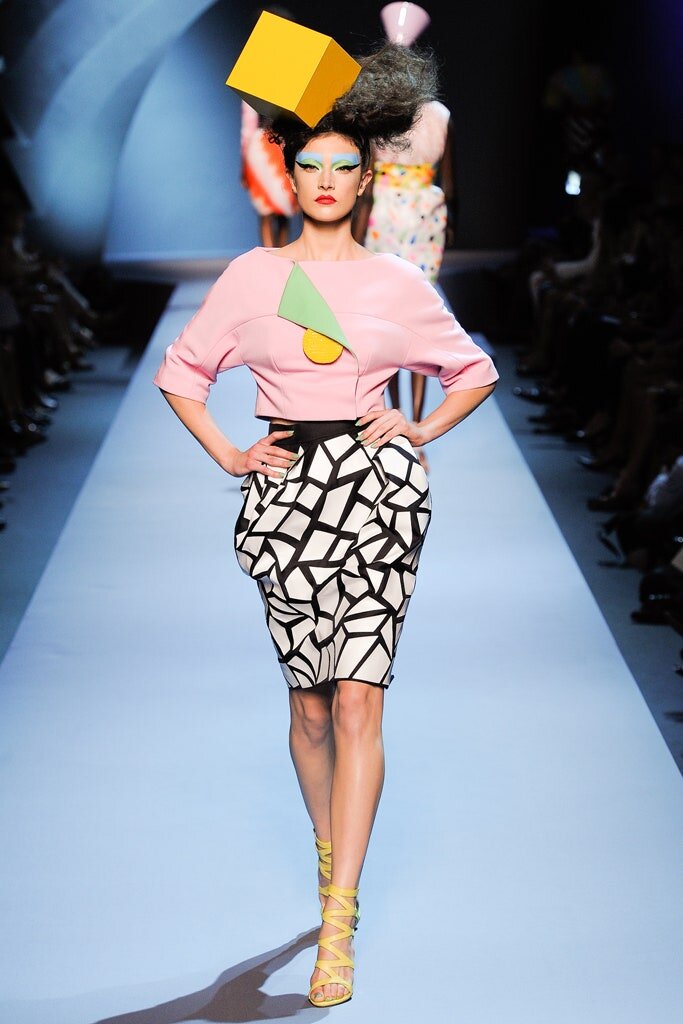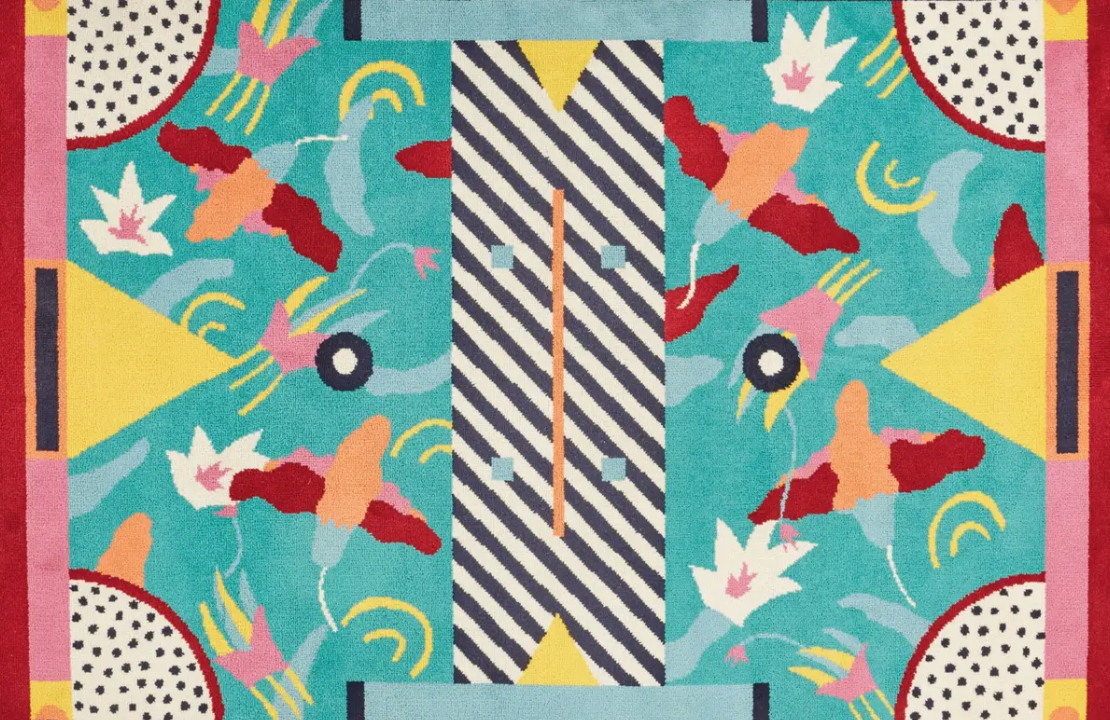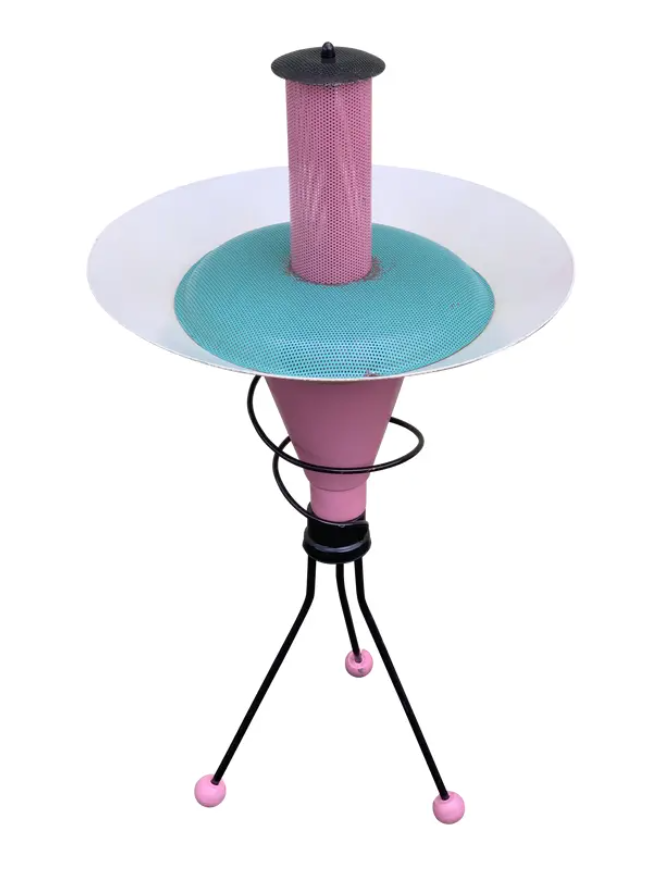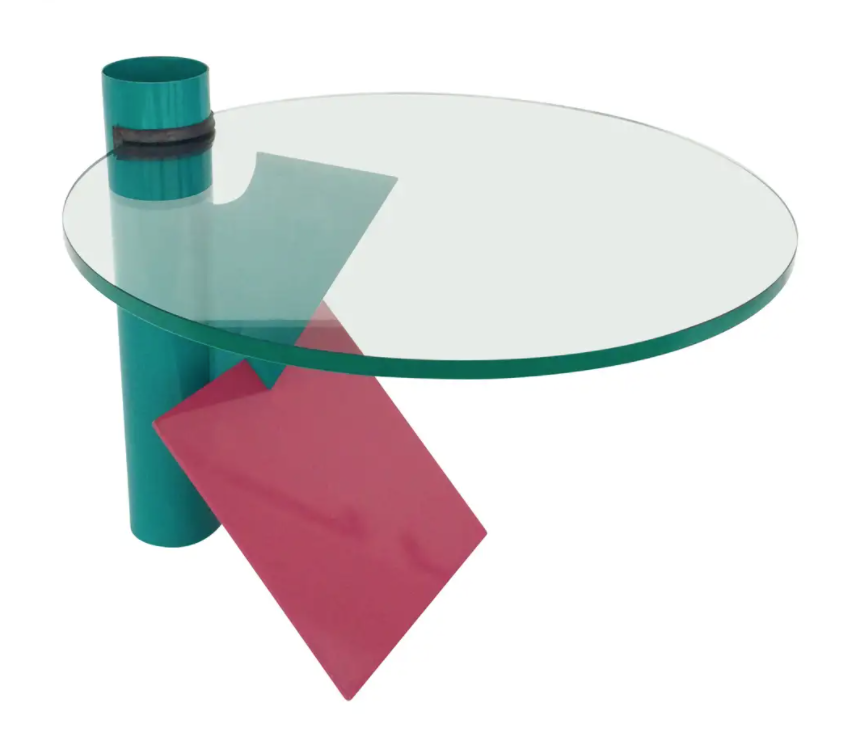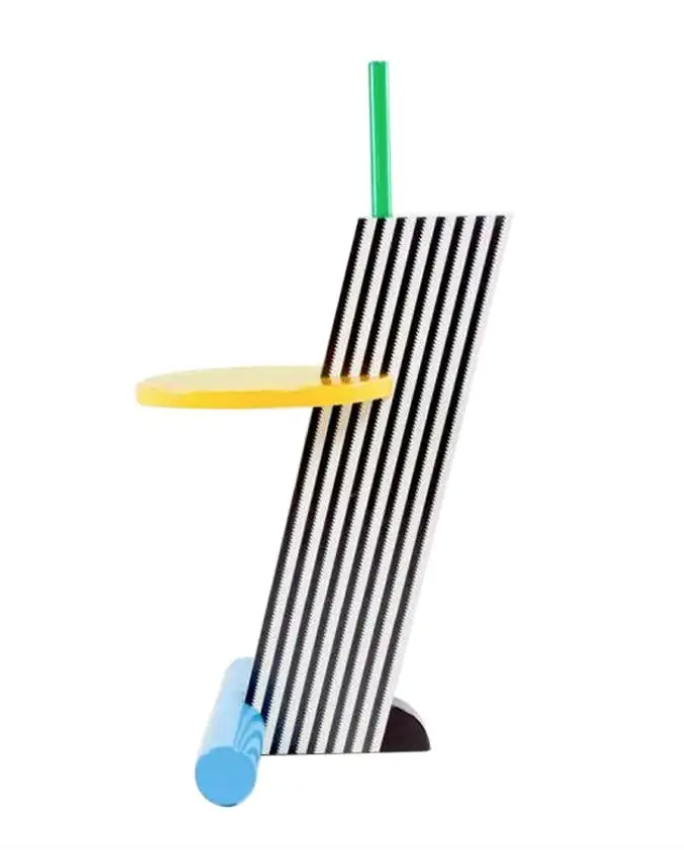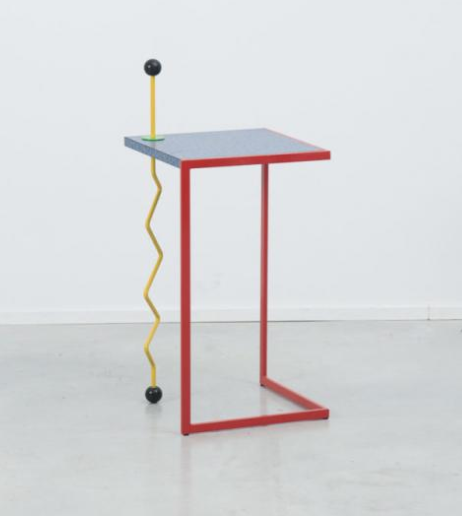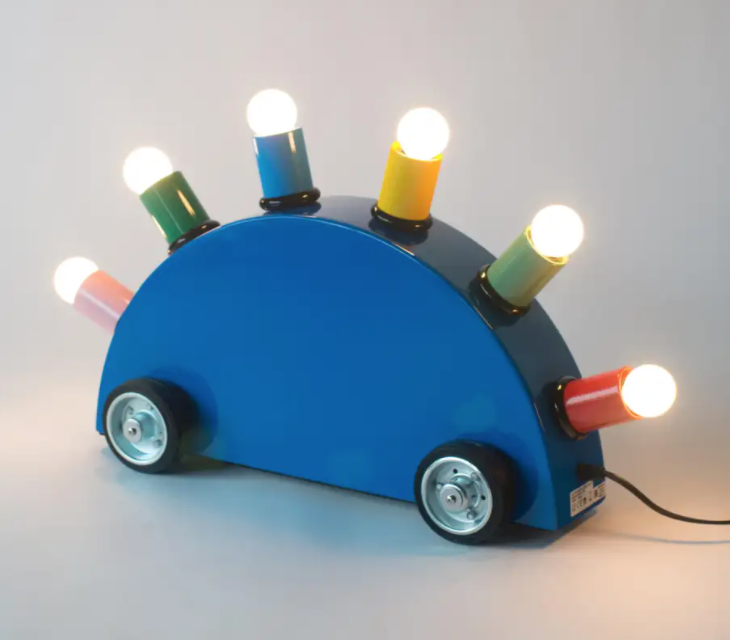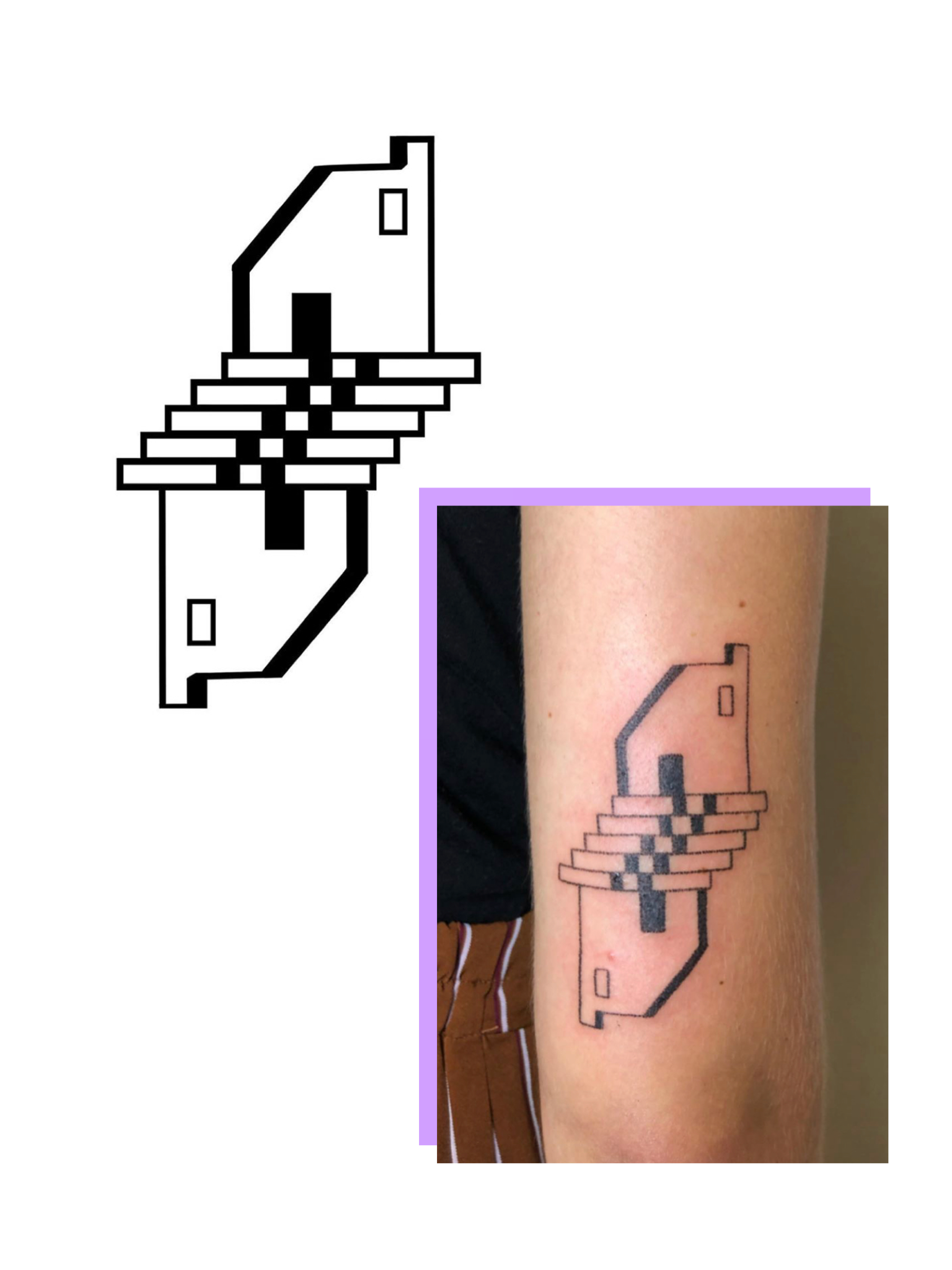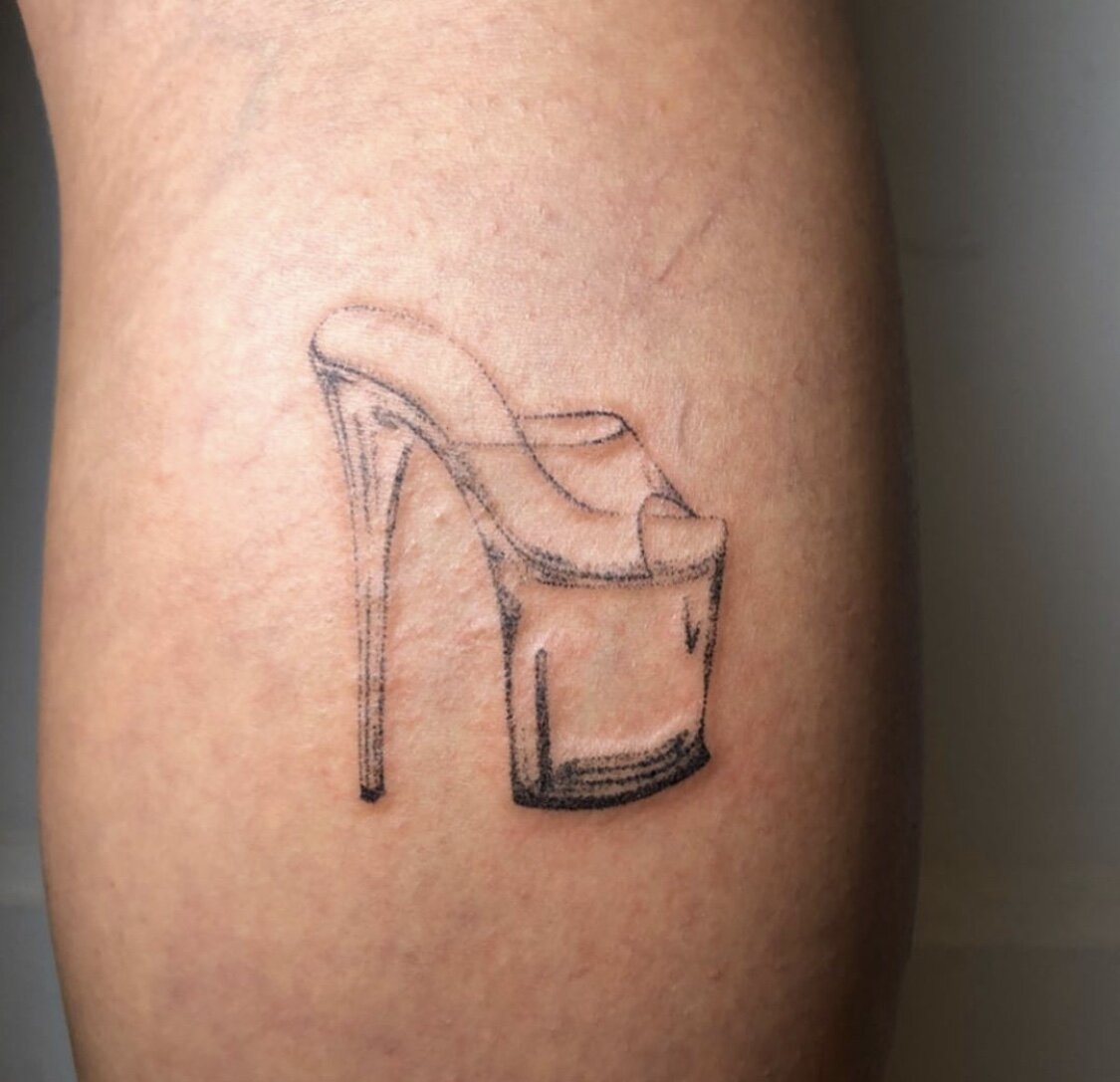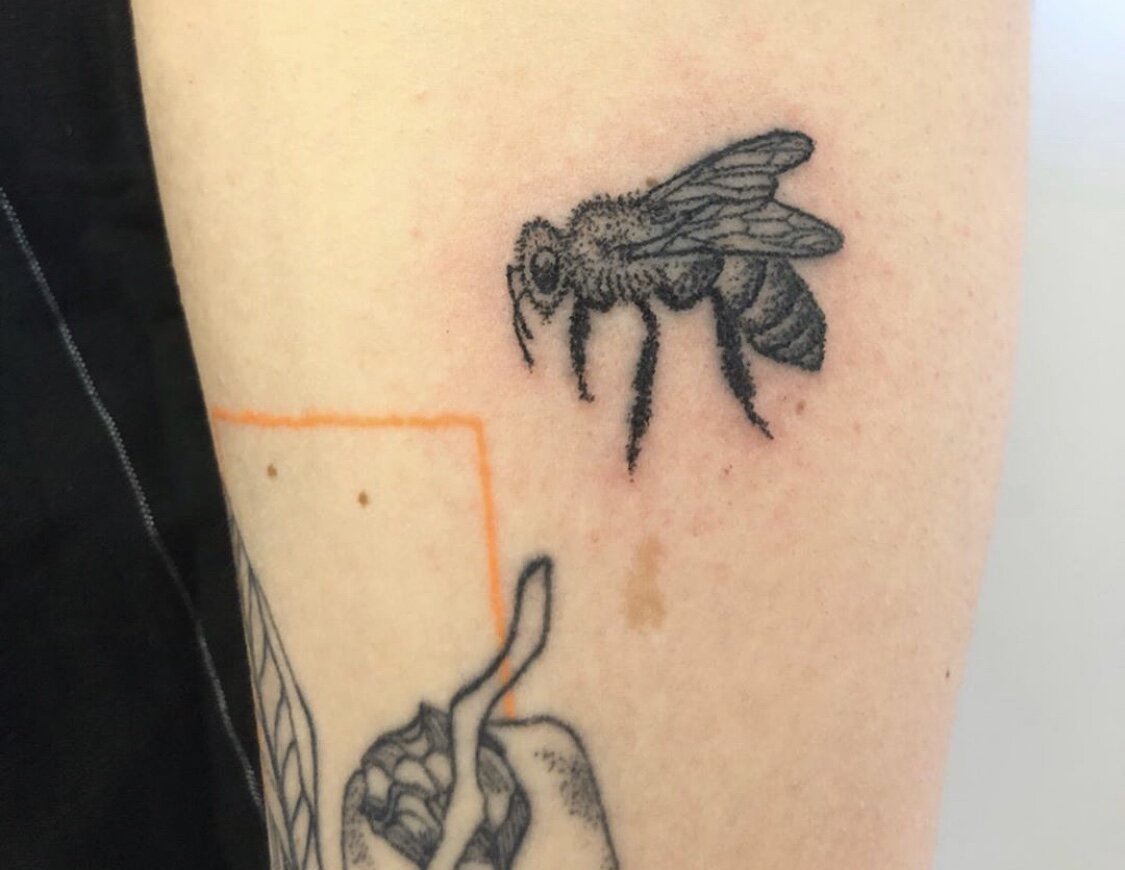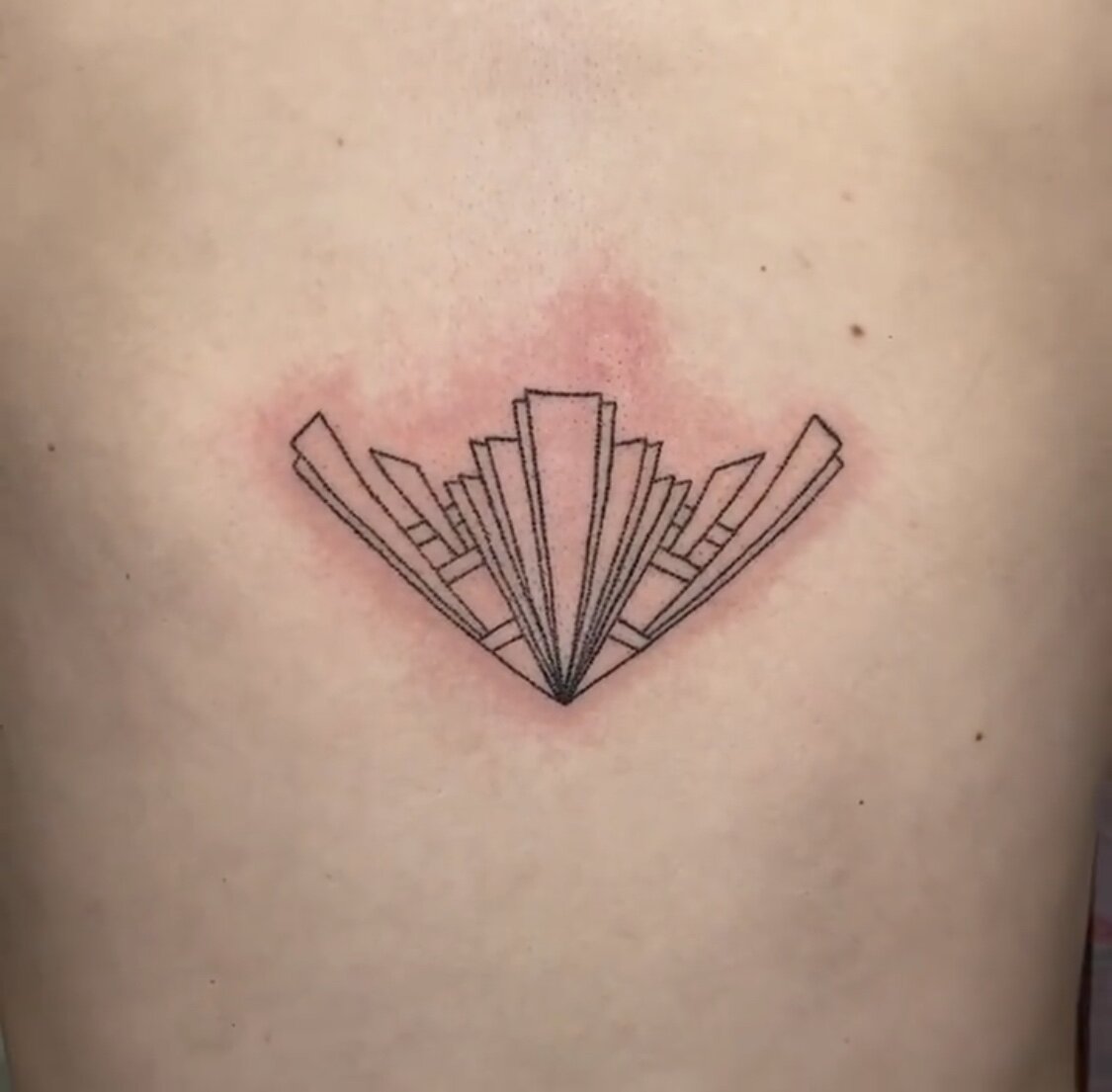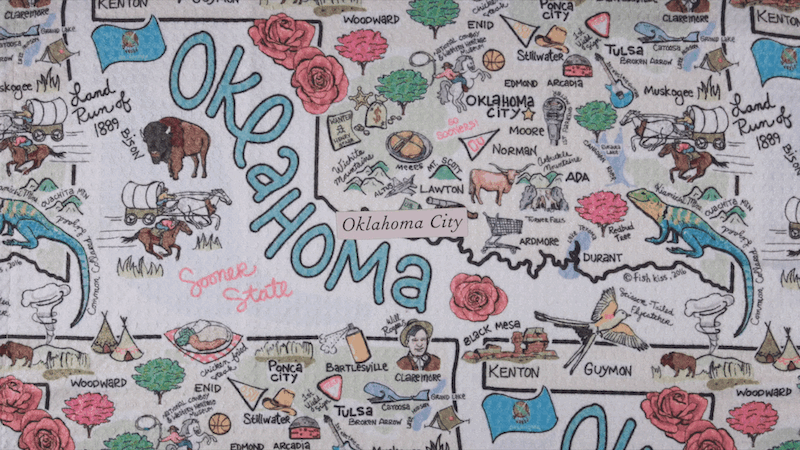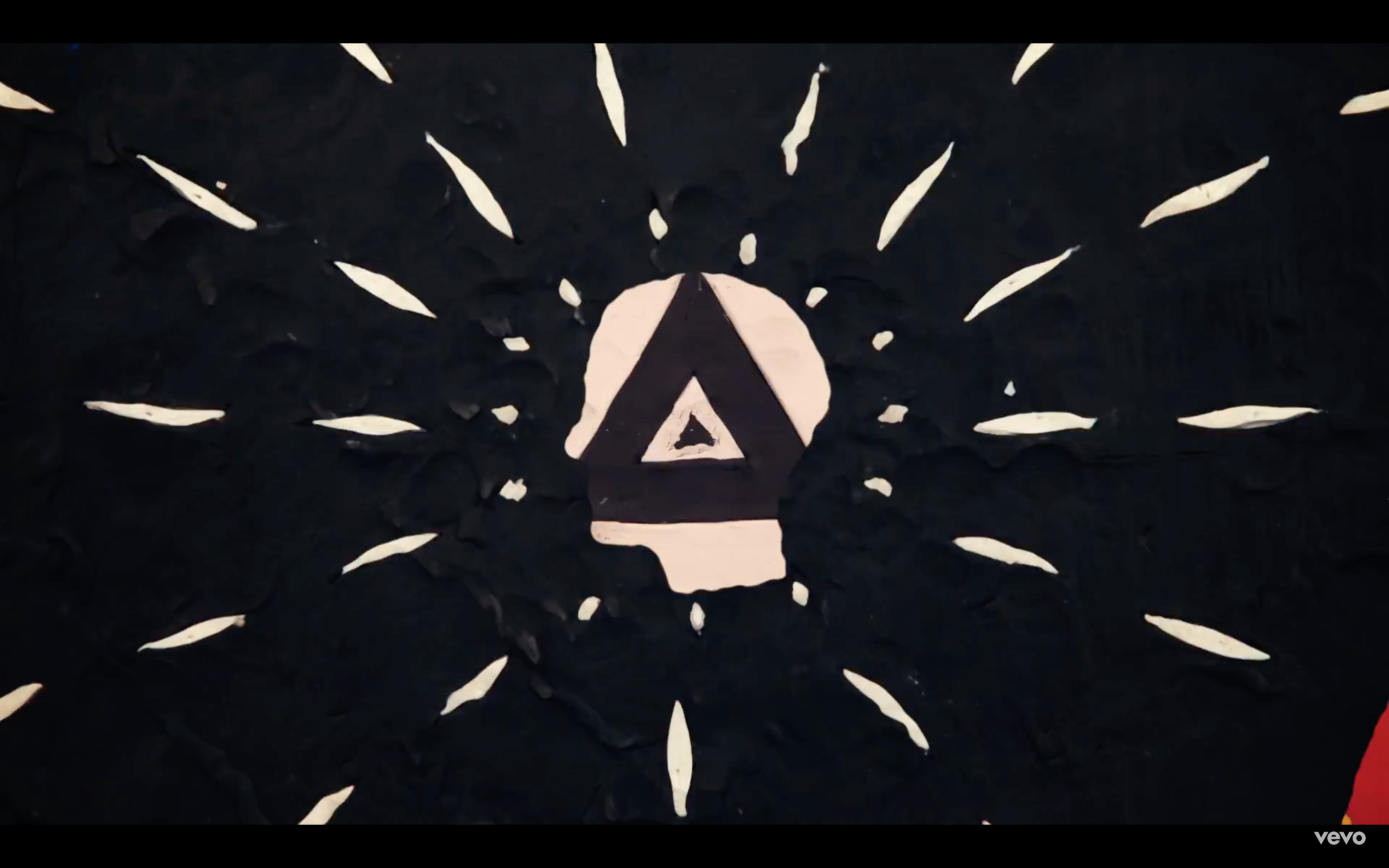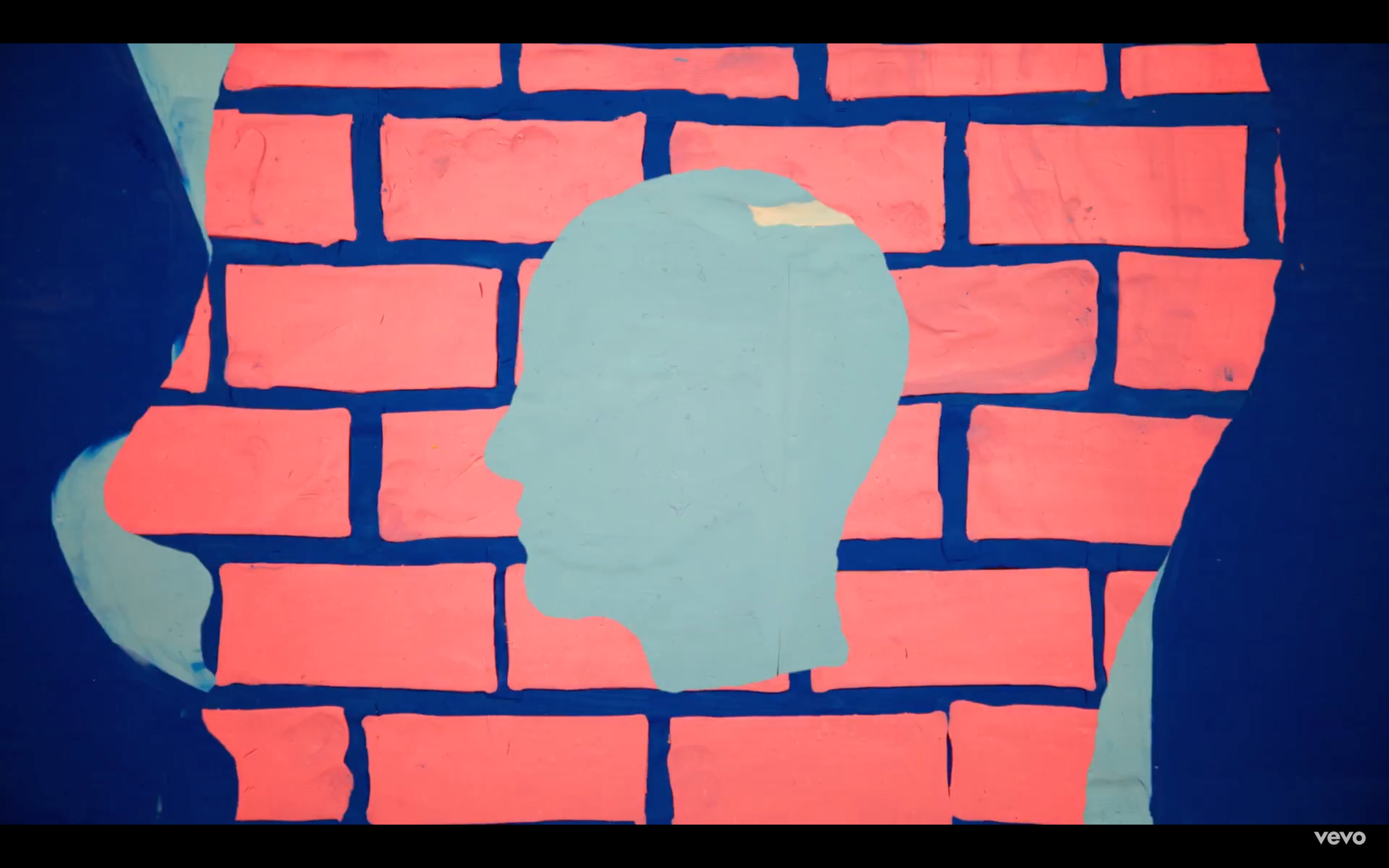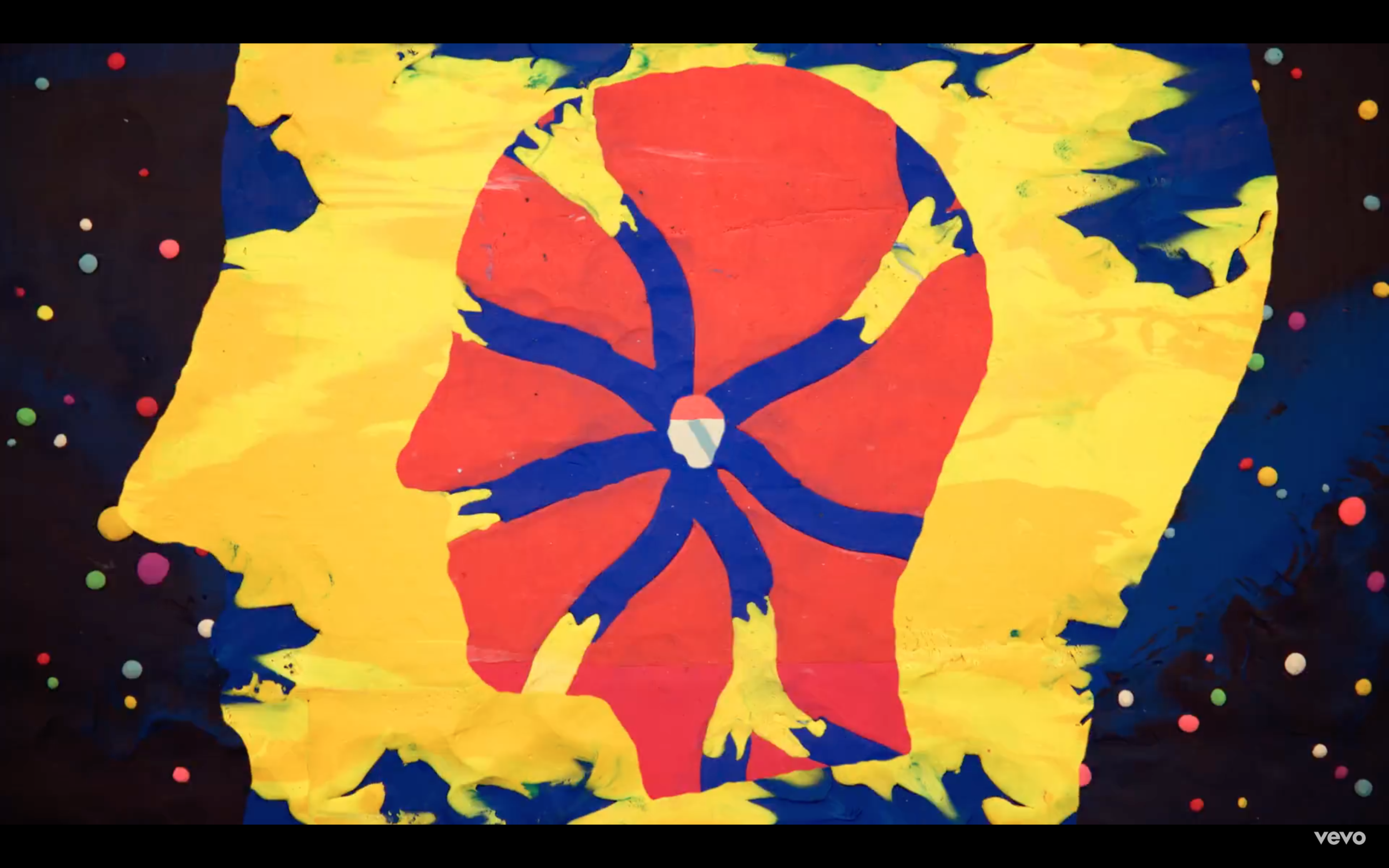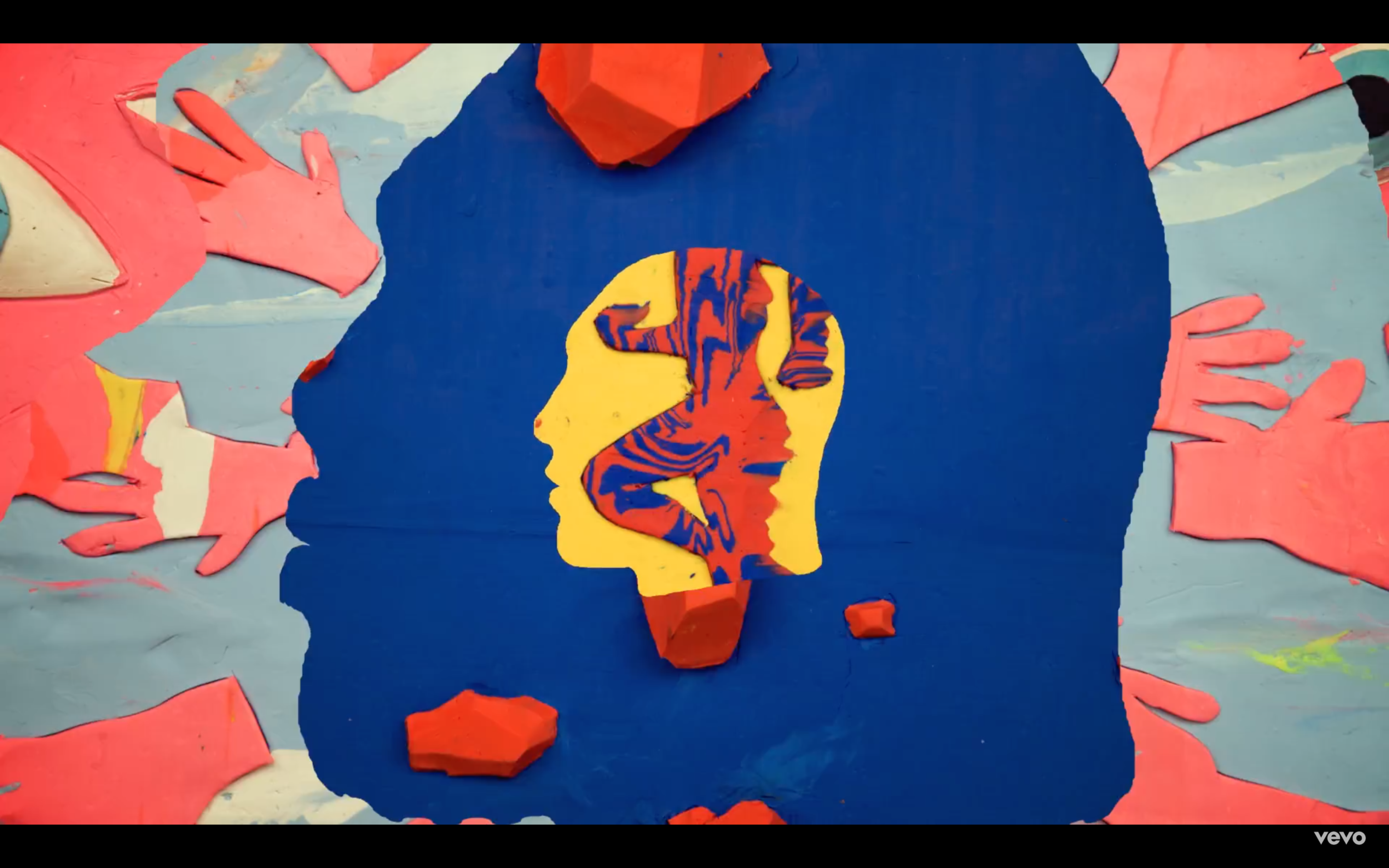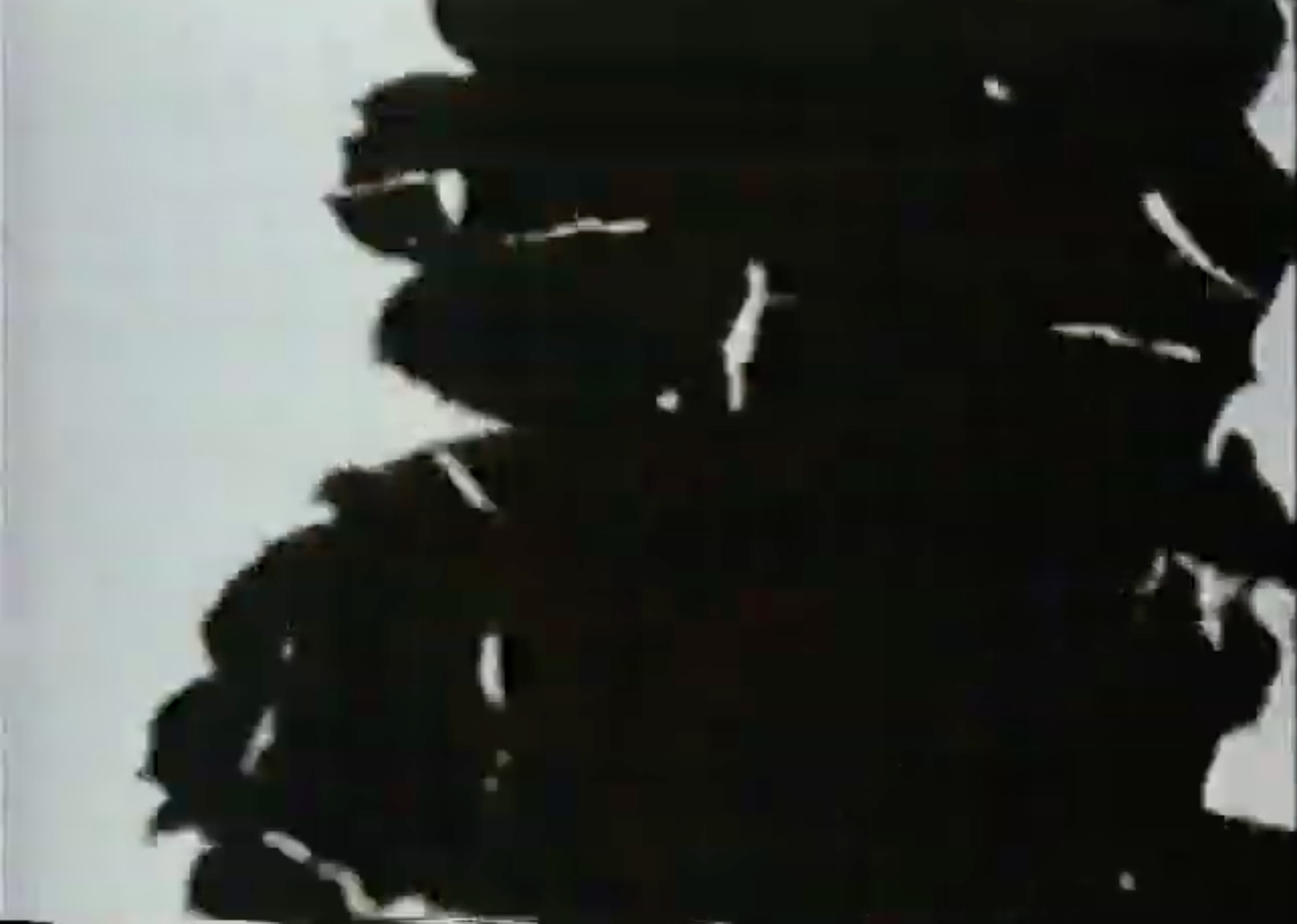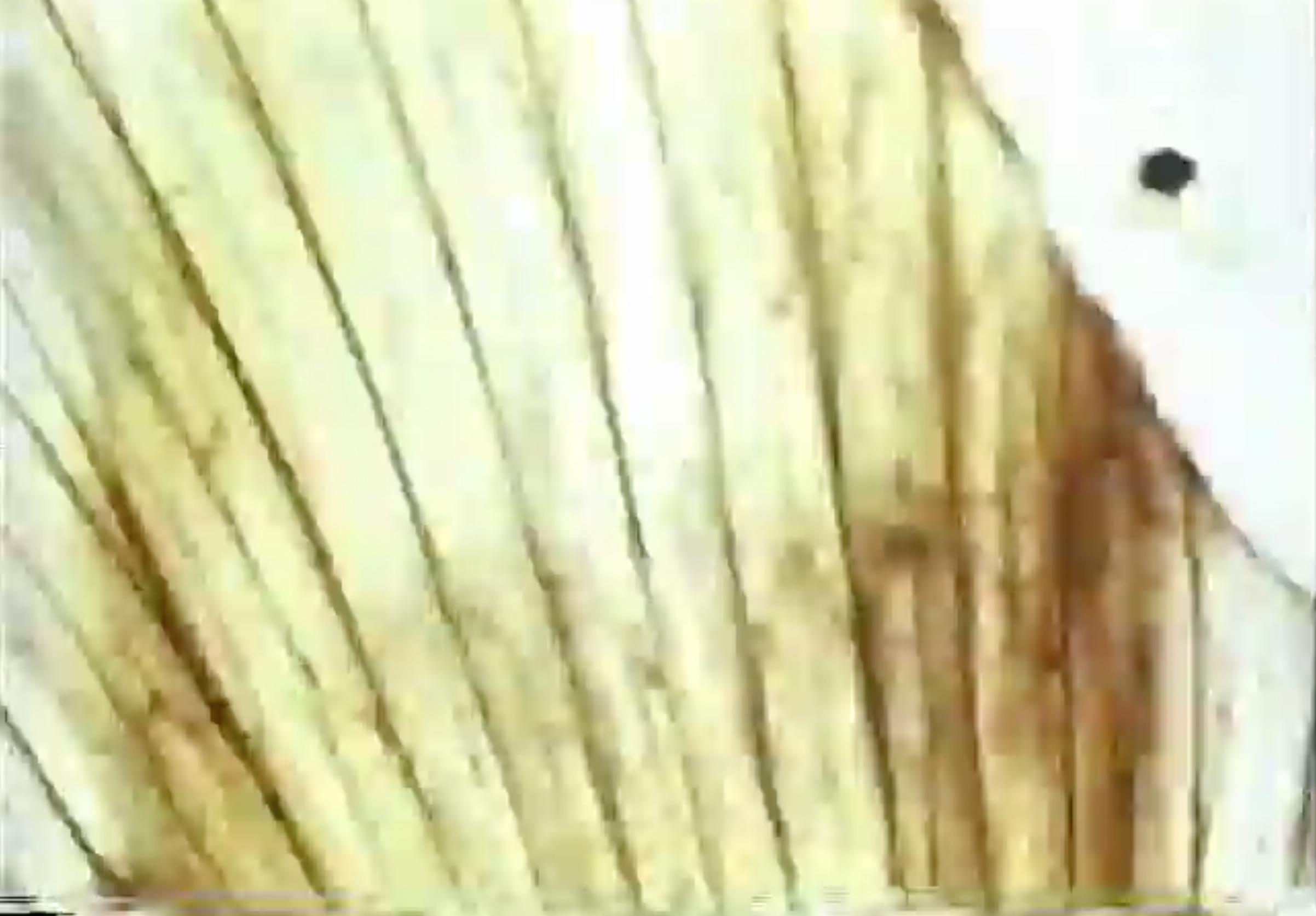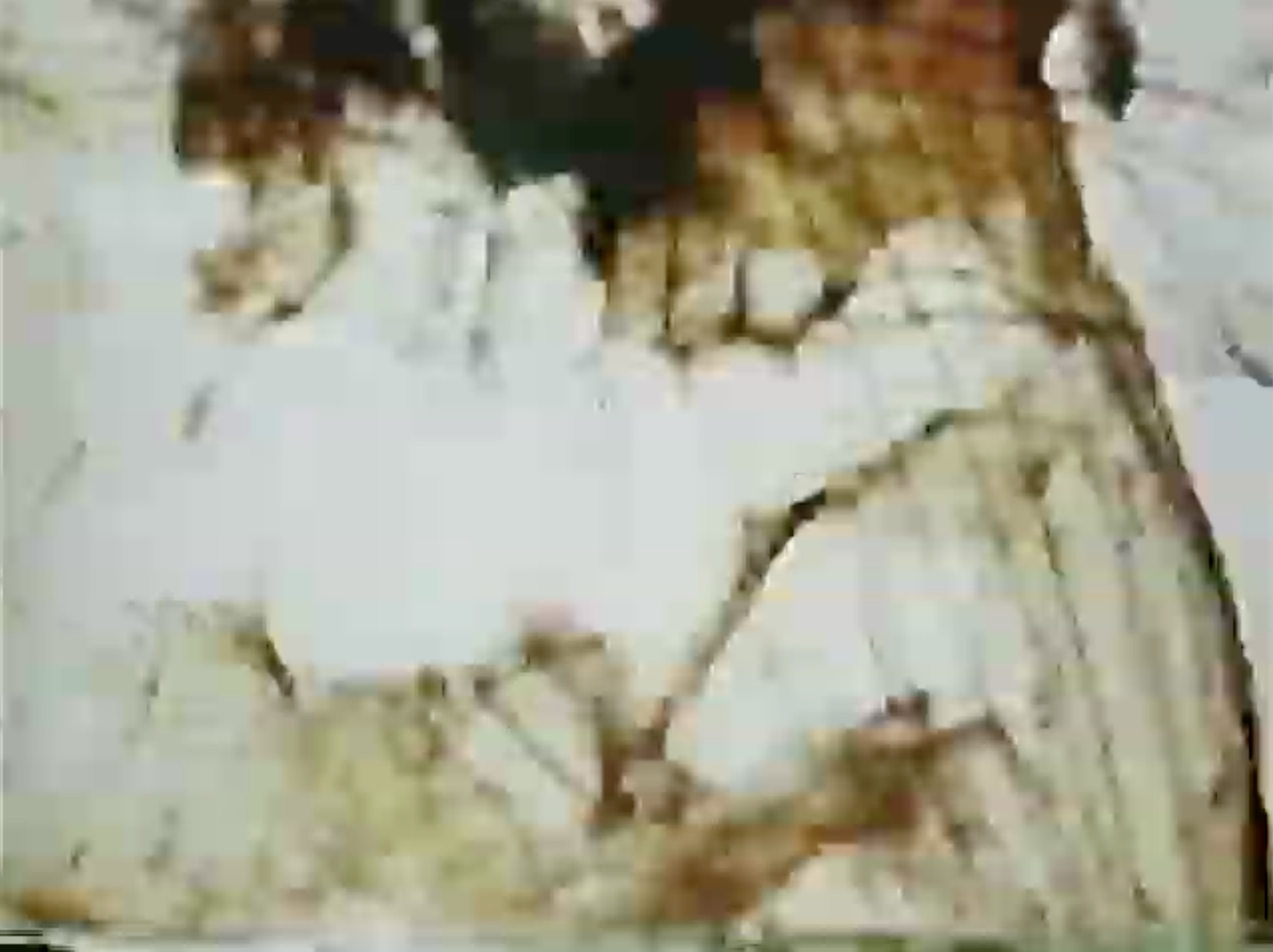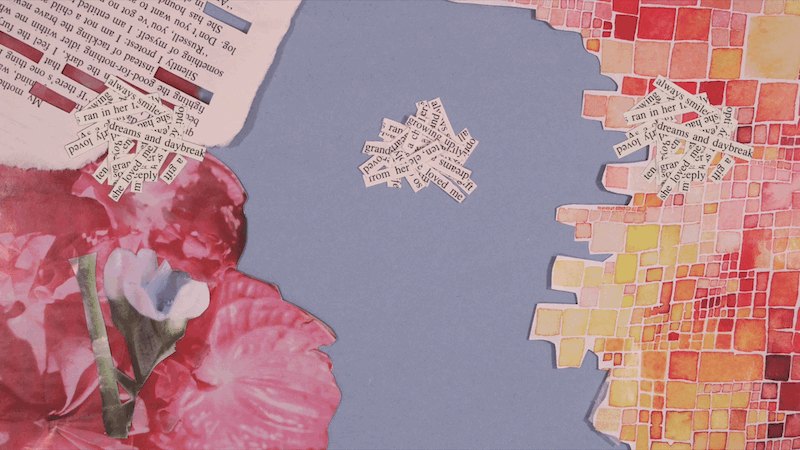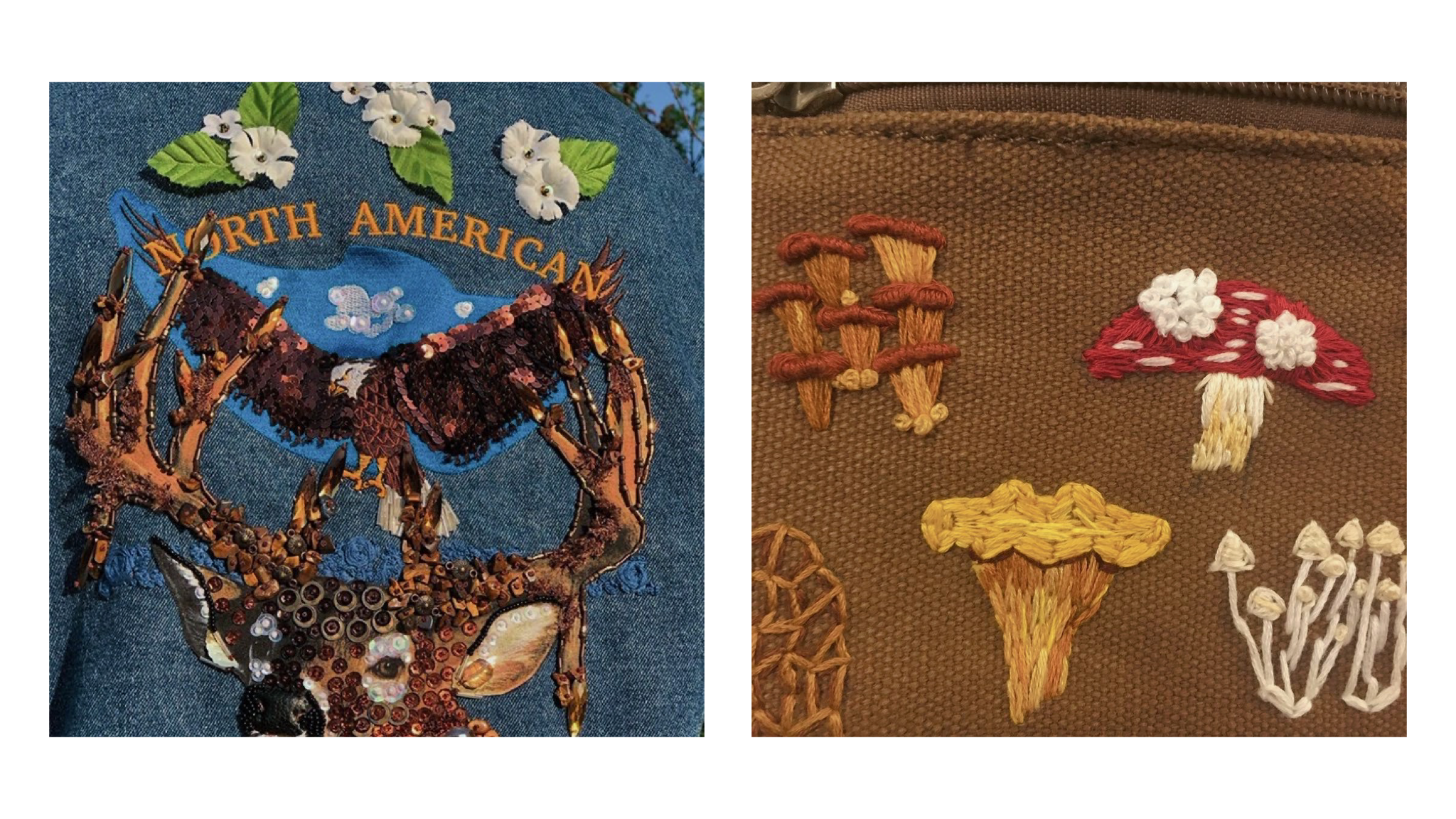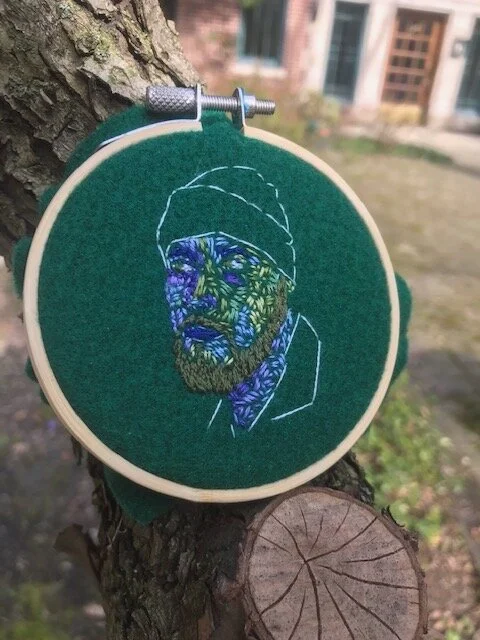Monochrome Multitudes at the Smart Museum of Art takes on the challenge of presenting largely abstract, monochromatic art to an ever-increasingly critical audience. Wide spaces are divided into thematic rooms of blue, white, yellow, gray, black, and red color schemes that delight the eye but demand a close reflection. Self-reflective, the exhibition also pairs pieces into groupings based on themes of the body, urban spaces, gender, and more. As you walk along, you are led to consider what the pieces share, or what cannot be shared even among mediums and colors.
The collection is the second of a three-part series the Smart calls “Expanding Narratives,” which aims to reevaluate exhibitions through fresh curatorial strategies. The Smart Museum calls on its presence within the University of Chicago to continually reimage how such a relationship can enrich new exhibits. In turn, University staff from across the divisions are the source for many of the lengthy exhibit labels for the 120 exhibited works. The reshifting of monochromatic narratives operates through this collaboration across disciplines and academic worlds.
Whether it's William Turnbull’s “Mango” (1963) or Josef Albers’s 1972 “Formulation” series, Monochrome Multitudes’s simplicity poses a significant challenge for the exhibition. Christine Mehring–a University of Chicago art history professor and co-curator–is well aware that abstract, single-color art is the hardest for audiences to digest. In an interview with WTTW News, she notes, “It’s the type of art that many people will say, including my students, either ‘I can do this’ or ‘Why is this art?’”
Nevertheless, Monochrome Multitudes groupings of pieces pull together a stunning exhibition that asks the eye to engage with it beyond appearances. Past Smart exhibitions have lent themselves to being Instagram-post fodder, but this collection's subdued spirit demands a sustained focus on the work–for better or worse for visitors. The conscious spotlighting of queerness, emotion, and shifting modes of representation hits quite well within monochromatic rooms.
To mount its complexity, the exhibition features incredible textile work featuring weaving, sculptures, and clothing. Claire Zeisler’s work with wool in Triptych welcomes you to the exhibition, and Magdalena Abakanowicz’s “Structure Black” is one of the most unnerving and beautiful pieces I have ever experienced. Materiality is further explored through David Hartt’s photography of concrete or Lotte Jacobi’s glass. Finally, I couldn’t talk about this exhibition without the incredible monochromatic Chicago homes project of Amanda Williams.
Regardless of the depth of materiality used, the way Monochrome Multitudes pairs its pieces together demonstrates that it is not interested in engaging with audience questions of whether any given piece is actually art. The late Ellsworth Kelly anxiously wondered, “‘Can I make a painting with just five panels of color in a row?’ I loved it, but I didn’t think the world would. They’d think, ‘It’s not enough.’” In response, each space of the Smart’s exhibition poignantly represents the ability of art to go beyond the single medium of color, even when all the viewer can see is a single color. It asks us all to refrain from demanding more, and instead let in the spectrum of history and color before us.
Monochrome Multitudes is at the Smart Museum through January 8, 2023.
All photography featured is by Felix Gonzalez.











